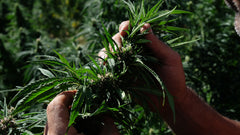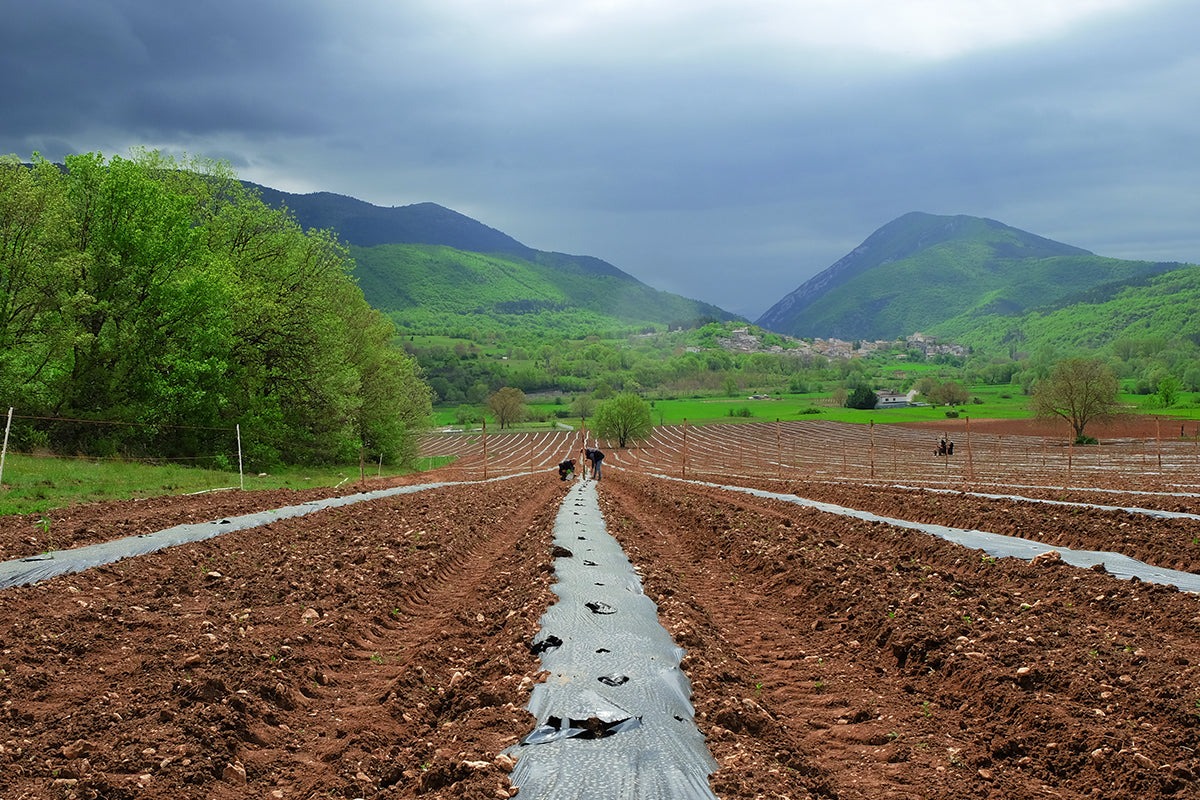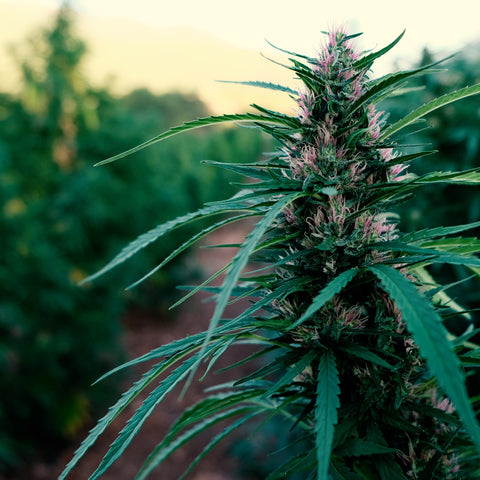The main goal of every cannabis grower is to get the best possible yield from the crop. To ensure that your cannabis crop performs to its full potential, you need to keep various aspects under control: it is important that the soil in which the roots develop is the most suitable and is correctly ventilated , that light variations are constant , that the plants have enough oxygen and that water and all adequate nutrients are provided .
There are many techniques that promise more abundant harvests, but these are complex methodologies which, if not performed correctly, could cause the opposite effect or even the death of the plant. One of these techniques is defoliation : the lower leaves and the very large ones are removed to expose the plant to light as much as possible and allow the tops to develop better and faster. It is a technique that puts a lot of stress on the plant, but - if performed correctly - brings the desired results. In this article we will talk about this:
- The defoliation technique
- The Topping
- Mainlining
- Schwazzing
- Lollipopping
The defoliation technique
Defoliation is a general term for the removal of leaves from plants . It is a very widespread technique also in other crops, and can be performed in different ways to obtain different effects. There are many plant species that respond well to defoliation, such as cotton, chia and clover.
Defoliation is a form of pruning and involves manually removing leaves from cannabis plants to concentrate resin production in the larger buds and improve yield at harvest . With defoliation the grower can manipulate the growth of the plant: the more nodes will receive direct light and the more flowers will develop, with greater quantities of resin.
The increased airflow through the entire plant structure will also help prevent pathogen attack and promote efficient gas exchange by the stomata.
There are different defoliation techniques: Topping, Main-lining, Lollipopping and Schwazzing.
The Topping
Trimming, also known as topping, is a pruning technique that involves cutting the tip of the main stem of a cannabis plant.
Techniques of this type are called HST - High Stress Training, since they cause strong stress to the plant.
If not treated with special pruning, the marijuana plant tends to take on the typical conical shape similar to that of a Christmas tree , characterized by a large central bud and more or less developed lateral branches.
In outdoor cultivation, almost all the plant parts of a plant are progressively irradiated by the sun; in indoor cultivation, however, cannabis plants receive light from a fixed lamp , positioned above their apical parts.
This makes the very nature of marijuana plants inefficient in an indoor context, and this is why these particular pruning techniques have been developed.
Trimming is the method most used by growers to increase production yields , but it is also very useful for optimizing cultivation spaces , thus avoiding overcrowding of plants .
Removing the apical bud will give rise to two new buds , stimulating the plant to develop secondary branches. The objective is to prevent the plants from taking on the famous Christmas tree shape, to allow the light to irradiate the entire plant and the nutrients to spread as best as possible.
The shape obtained with the topping technique is the one preferred by all growers: for indoors, because the growth space is often limited; for outdoors, because the bushes are more discreet.
Mainlining
Main-lining – also called Fluxing – is a cannabis pruning technique that has become very famous in recent years. As with the other techniques mentioned, the final goal is to shape the plants to optimize growth spaces and obtain more abundant harvests.
Main-lining is based on a rather ingenious principle, which involves shaping seedlings by forcing them to develop a main stem into a shape similar to that of an engine manifold , similar to a Y-shaped structure.
The process must be repeated on all new branches born during the vegetative phase. If done well, this technique allows you to create multiple apical buds, which can be doubled as many times as you want.
Main-lining allows you to control apical dominance , but it needs symmetry to work.
Plants, in fact, tend to develop more the parts closest to the light source, allocating most of their energy there. This technique alters the hormonal balance of the plant. How?
When one branch is growing at a faster rate than the others, it is necessary to slow its development by tying the top to lower it to the height of the others. At this point the plant will direct its energies towards the next main branch.
In this way the plant is induced to balance the energy between the main branches, obtaining a robust and graceful bush.

Schwazzing
Schwazzing is a pruning technique that consists of very aggressive defoliation . It involves removing a large number of large leaves from a plant, in order to expose as much of its surface area to light as possible.
The term schwazzing was coined by Joshua Haupt in the book Three a Light ; according to Haupt this technique allows you to obtain gigantic yields from your cannabis plants.
Schwazzing should be performed twice in a plant's growth cycle. The first occurs shortly before the start of the flowering phase .
The grower will have to remove most of the larger leaves of the plants, leaving them almost completely bare, after which he will have to change the photo-period to 12 hours of light and 12 hours of darkness, to induce the flowering phase.
Without leaves, the plant will be completely exposed to light and will develop flowers where it otherwise would not have succeeded, due to the shading of the leaves. Schwazzing is repeated about a third of the way through the flowering phase , approximately 20 days after the first run.
New leaves will certainly have been born which prevent the light from directly stimulating the inflorescences; exposed to light again, the buds will begin to grow larger.
In this phase of growth the plant no longer produces many leaves and it is advisable to keep those that emerge to favor the natural biological cycle.
Lollipopping
Lollipopping is a pruning technique based on the principle of less is more . It consists of removing the axillary tops and lower branches of the cannabis plant, in order to channel all the energies towards the apical buds, stimulating them to become larger and more compact.
It's not a very complicated technique, it just takes a fair amount of time, because you have to be sure of where and what to cut.
The area where Lollipopping is carried out corresponds to the lower third of the cannabis plant , and you should never go beyond the middle. The lower part of the plant receives less light and is always the most likely to develop popcorn inflorescences.
The goal is to remove the lower branches to encourage the growth of the apical buds. The best time for Lollipopping is the third week of flowering .
At this stage the marijuana plant should have revealed all the buds from which the buds will develop; By removing the lower branches and buds at this time, we will allow the plant not to waste energy in developing inferior quality buds.









